
The Targa silhouette and the introduction of turbocharging on the 911 are key moments in Porsche history. The combination of these two concepts, aesthetic on the one hand and technical on the other, only saw the light of day with the 911 Turbo Targa in the G series below. For example, there has never been a Targa version based on ‘Transaxle’ models such as the 924, 928, 944 and 968. Never? Well, not quite…
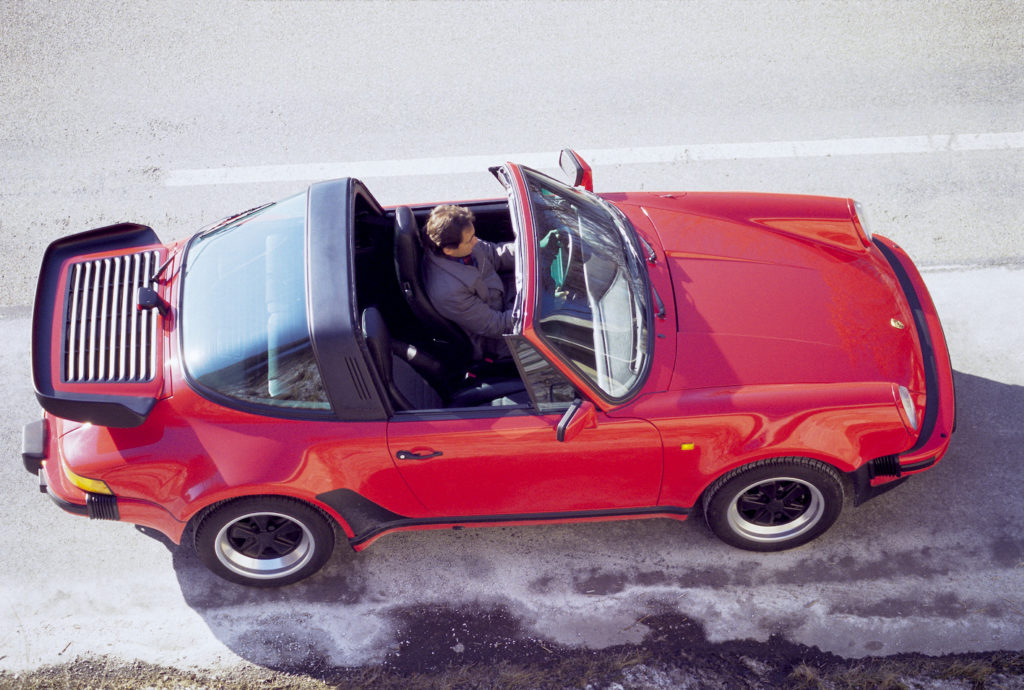
The Targa version based on the four-cylinder Porsche 912 below sold well, however, and its successor, the 914 – an entry-level Porsche – opted for this concept. Logically, a Targa version of the new entry-level 924 model therefore seemed to be an expected step in the evolution of the range.

The 924 Targa programme was actually launched in 1977, to accompany its big sister, the 911 Targa, which had been on the market since… 1966. However, priority was given to designing a Turbo version of the 924. At the start of the 1979 model year, the 924 Turbo, with 170 bhp and 225 km/h below, closed the significant gap between the base model (125 bhp) and the 180 bhp 911 SC. This version therefore maintained a respectful distance from the 911, while meeting the needs of customers who liked the idea of the ‘front engine, rear gearbox’ concept but didn’t want to buy an expensive 928 with its 240 bhp 4.5-litre V8.
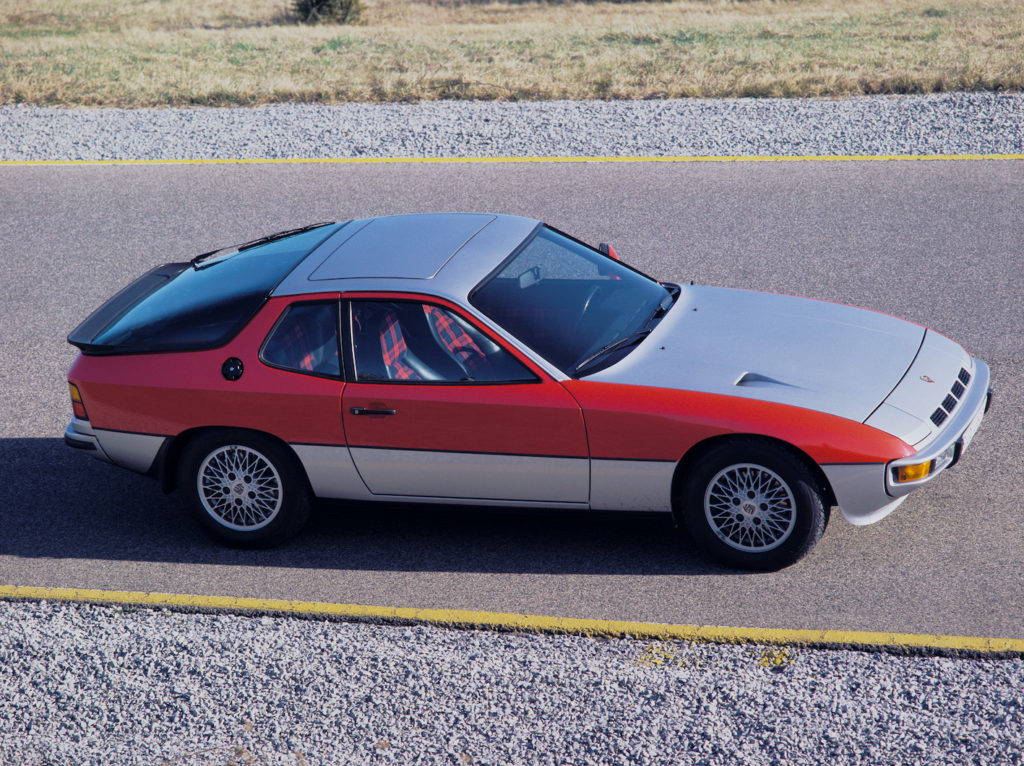
Porsche’s test drivers have confirmed that the 924’s chassis can handle more power than the 125bhp initially proposed. The Turbo version is therefore a logical combination of technologies that allow the existing potential to be exploited. However, the EA 831 2.0-litre engine underwent significant modifications to transform it into a turbocharged engine. The latter is assembled and tested on a dedicated production line at Zuffenhausen, before being installed in the 924. on the assembly line at Neckarsulm.
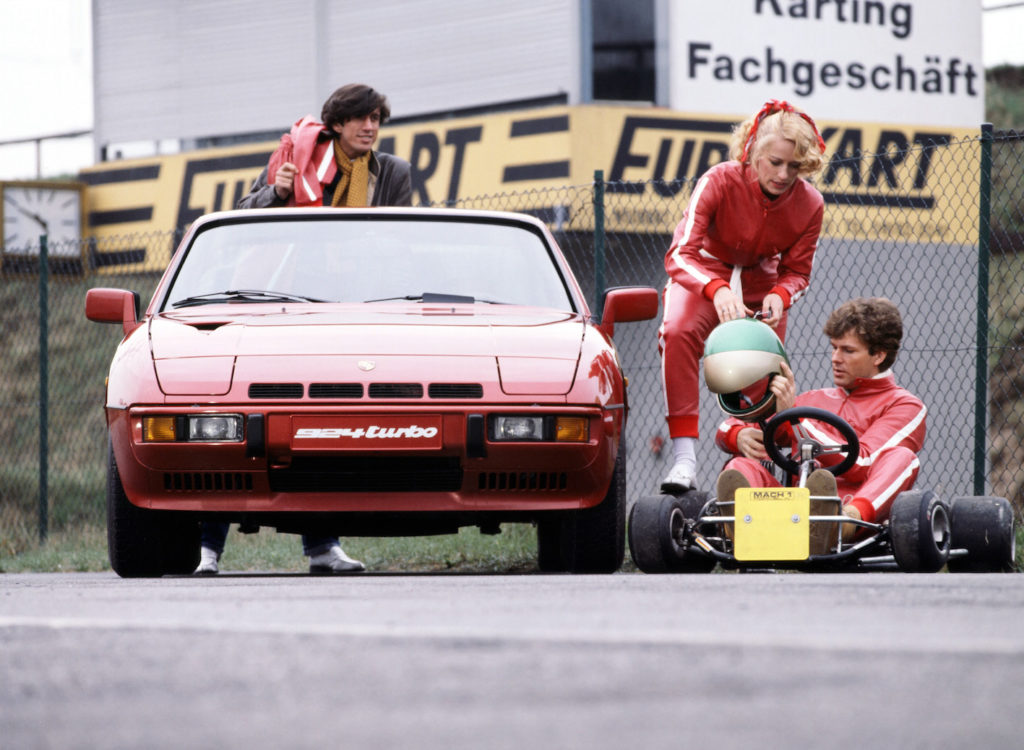
As you’d expect, Porsche’s transformation of the 2.0-litre engine was carried out down to the last detail. Under the direction of project manager Jochen Freund, the engineers positioned the ‘KKK 26’ compressor as close as possible to the exhaust manifold on the passenger side and channelled the charge air through the engine on the intake side. As a result of this change in layout under the bonnet, the alternator and retractable headlight motor have been relocated. Added to this are a maintenance-free transistor ignition, an adapted ‘K-Jetronic’ injection system, two fuel pumps instead of one, and an increased oil capacity from 5.0 to 5.5 litres. The result is a 36% increase in power per litre. The KKK turbocharger operates at a pressure of 0.7 bar, extracting 170 bhp from the 2.0-litre four-cylinder at 5,500 rpm.
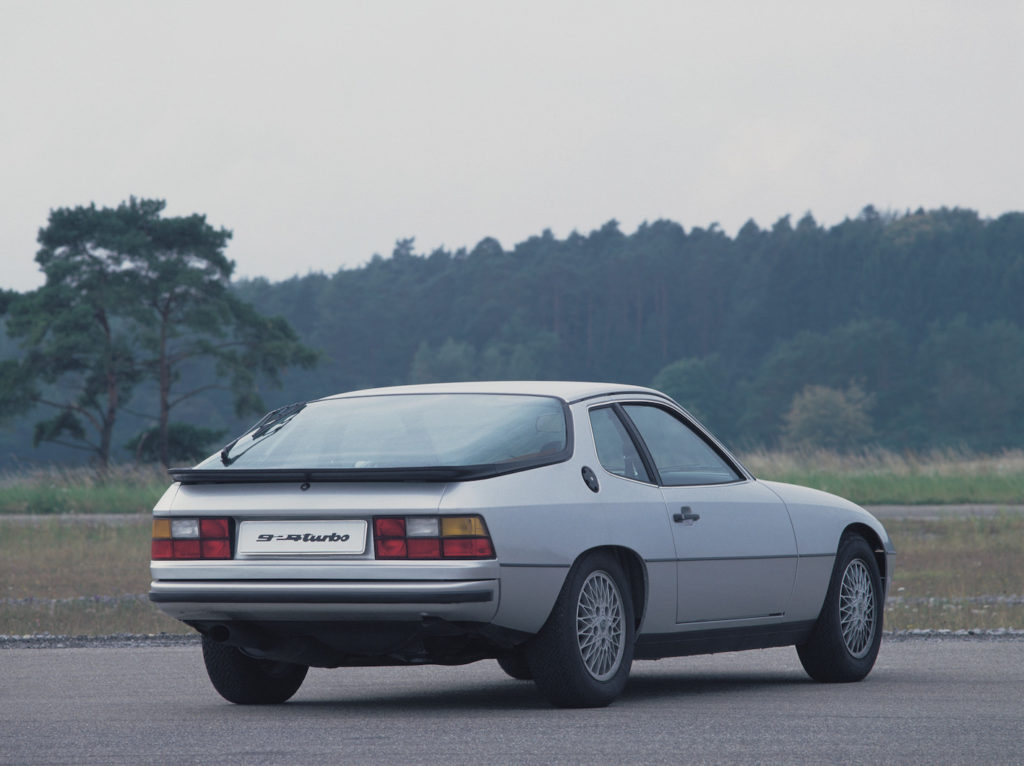
The exterior styling of the turbocharged 924 is immediately recognisable by the NACA scoop in the bonnet. The alloy wheels are upgraded to 15 inches and feature five spokes, while a more powerful braking system is offered, as is the full-width black polyurethane rear spoiler.

An improved version appeared in 1981 with 177 bhp, achieving the feat of being more fuel-efficient despite its higher power output. In the meantime, however, Porsche decided to combine the turbo engine and the Targa concept in a single 924 project: the above-mentioned 924 Turbo Targa debuted on1 May 1977 under project number 927/57. As is customary at Porsche, two project numbers were assigned: the left-hand drive was given the design number 941, the right-hand drive the number 942.
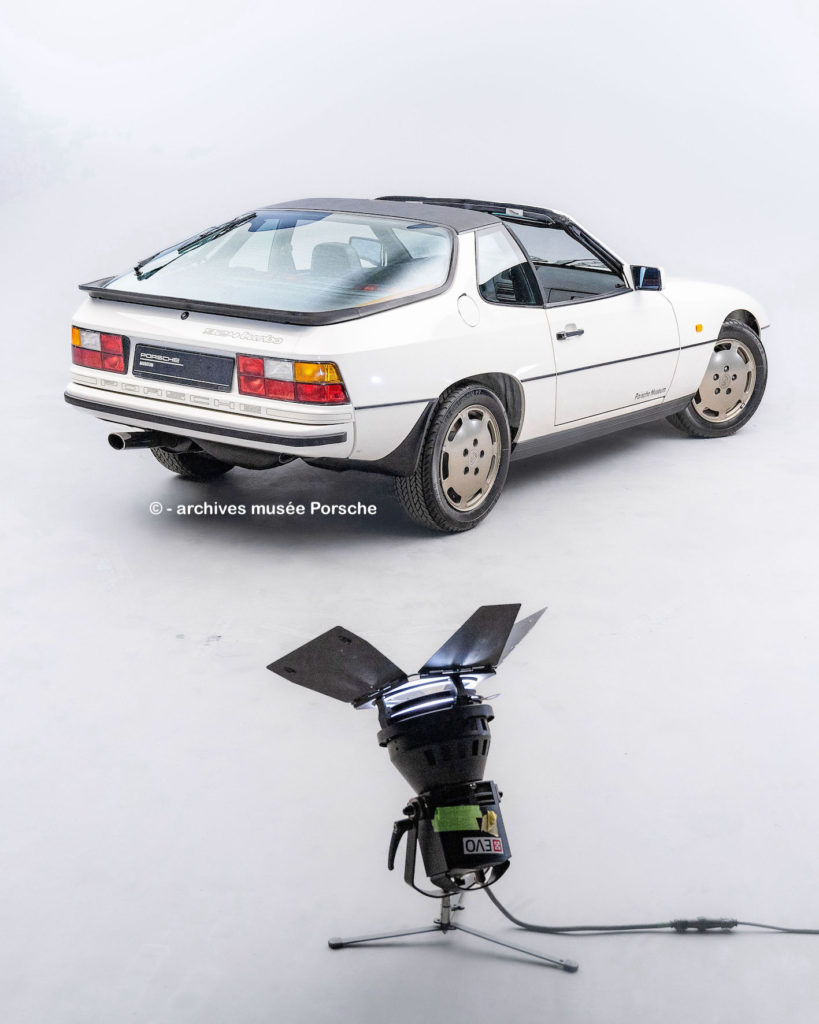
A naturally-aspirated version and a turbo version were planned from the outset. The chassis and engine were to remain unchanged. In terms of design, several ideas were considered for a 924 Targa with a manually removable roof, with coupé styling and a large glass tailgate, or as an open-top version. At the same time, a completely new idea for a Targa concept is beginning to take shape. The idea was to make it possible to slide a glass roof over the rear window, as was later the case with the 911 Targa (type 993).
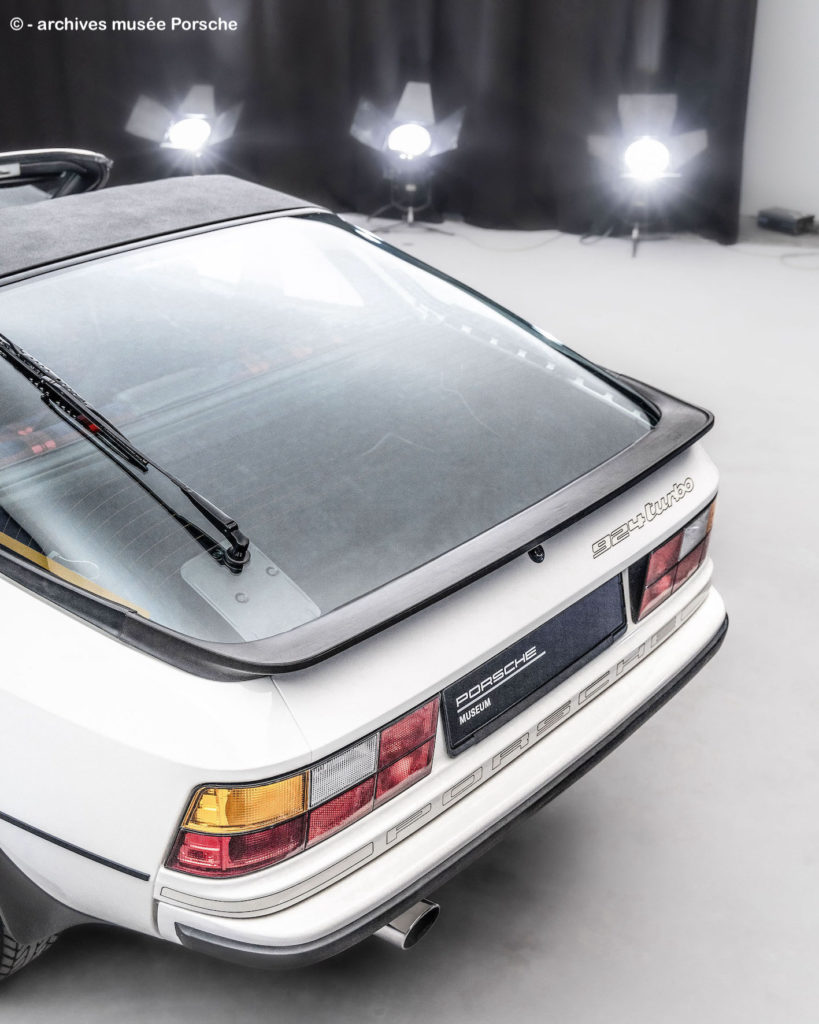
However, the classic Porsche approach with a roll bar is also continued. The only 924 Targa prototype is based on a 1979 924 Turbo, in alpine white with high-contrast tartan upholstery on board. The discreet integration of the Targa concept into the overall line of the car is remarkable, and this unique prototype would have deserved to go into production.
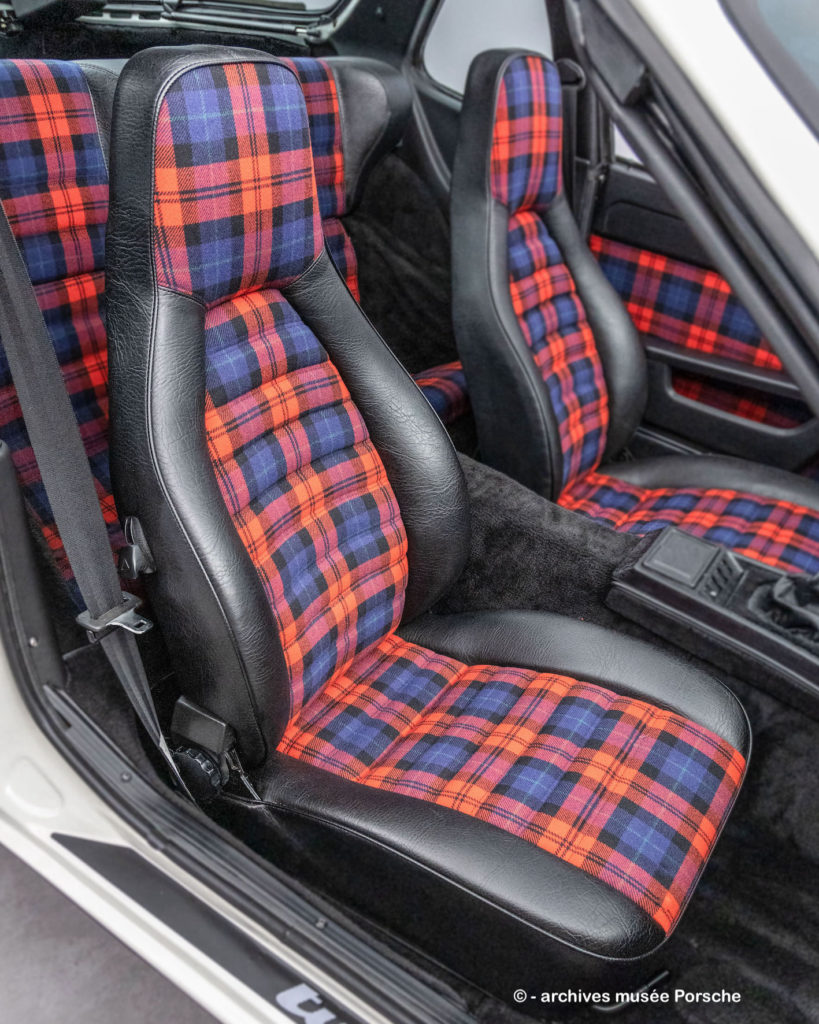
The roofline of the Targa concept car retains the familiar shape of the 924, with a large glass dome. The upper part of the arch, which represents around a third of the roof, is made from the same plastic as the Targa roof, giving a harmonious appearance reminiscent of the 911 model.
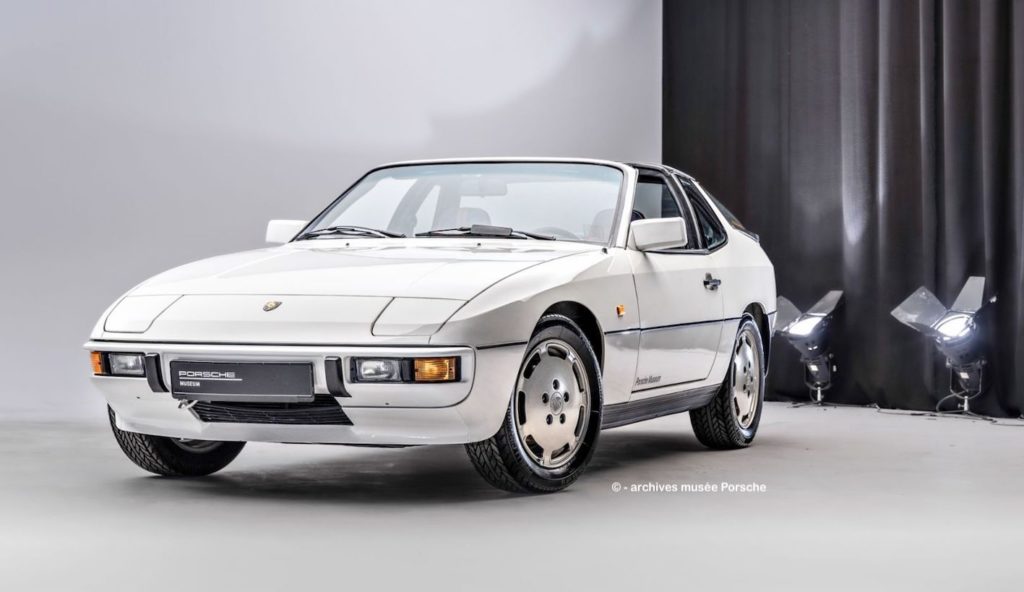
The special key for locking and unlocking the roof is handy in the glove box, and the speedometer reads 328 kilometres. When was the prototype last driven under its own power? The completion of the project recorded in the “Documentation of development projects and model lines” is dated 29 February 1980. Development and tooling costs were deemed too high, and the rigidity of the bodywork questionable, so development of a 924 Targa was halted.
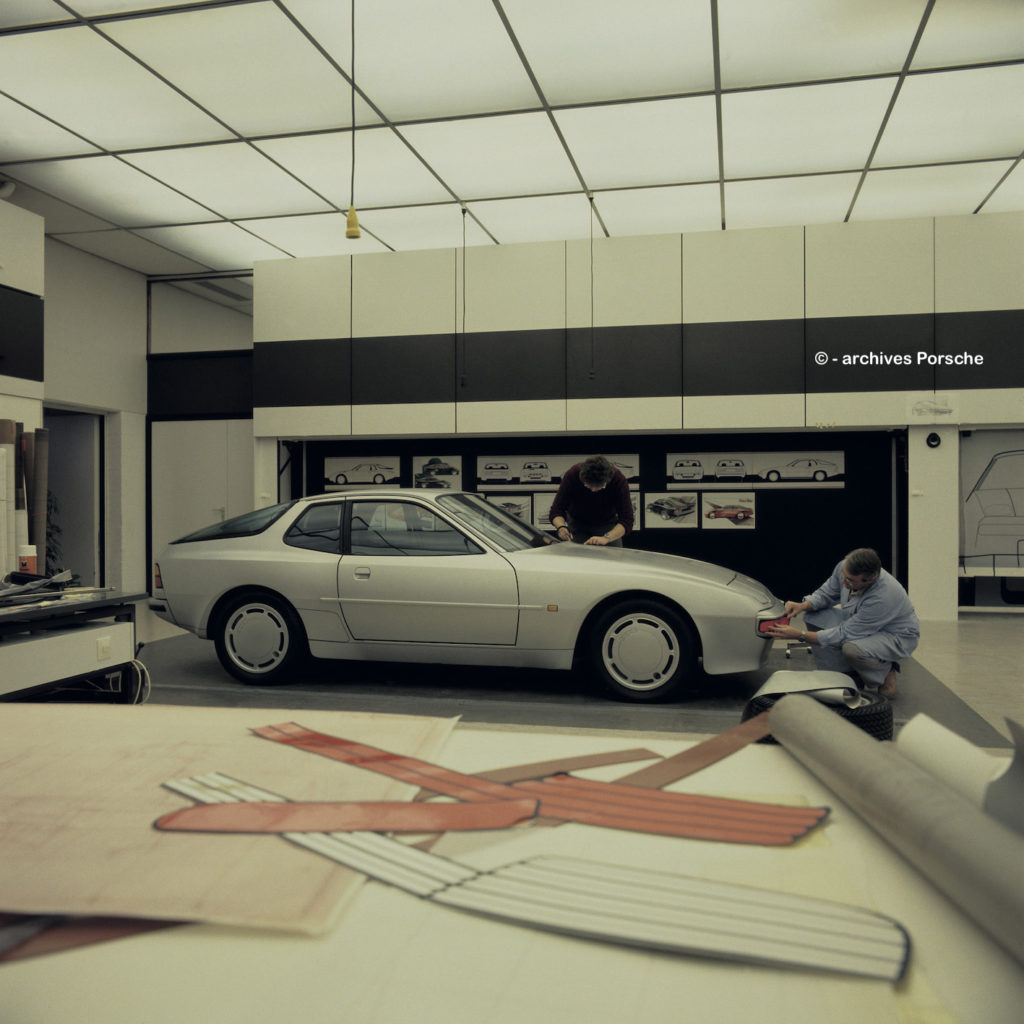
Not to mention that the 944 model above, waiting in the wings, probably contributed to this decision. A convertible version of the 944 seemed to be the best solution, and the knowledge gained from the development of the 924 Targa was incorporated into this project – a project that also bore the type number 941.
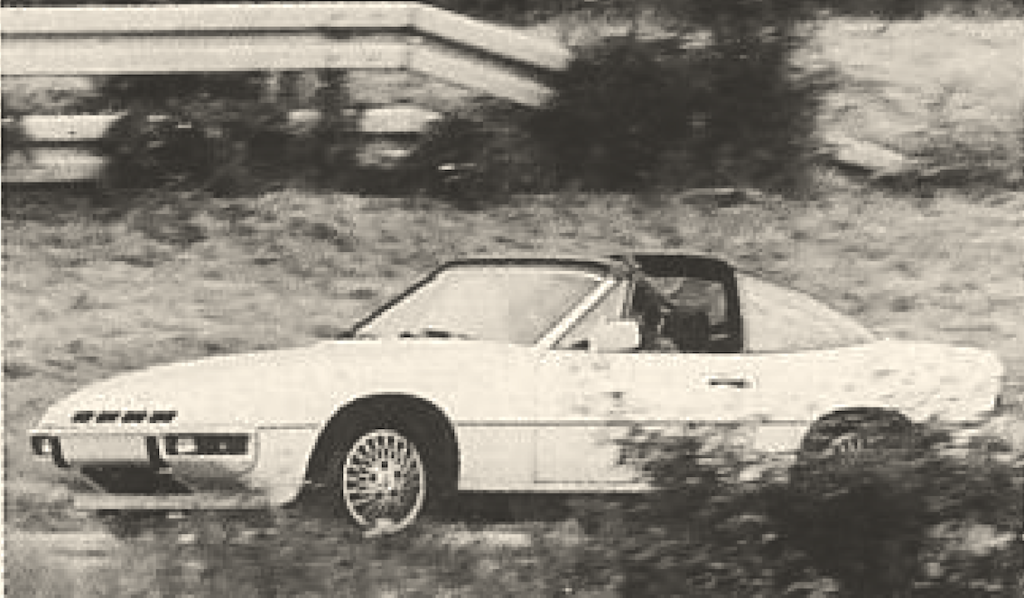
However, there was still a demand for an open-top Porsche in the same price range as the 924. In 1984, photos of a 924 convertible were still circulating in the press. ” A small Porsche convertible with a boot had been wanted for a long time, especially in America ,” wrote Stern magazine at the time. So the 924 Turbo Targa remained unique, in every sense of the word…
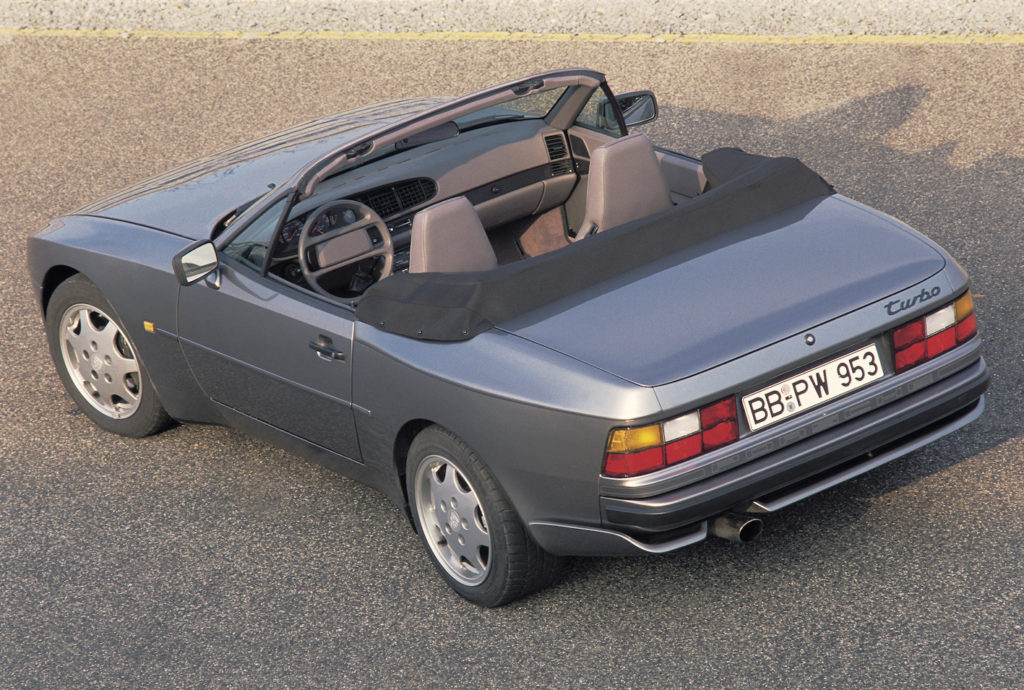
While there was a Porsche 944 cabriolet in production, above, the cabriolet silhouette based on the large V8-powered 928 was never produced, despite extensive research by the manufacturer, below…

Photos and info : Porsche communication and Porsche Museum.
